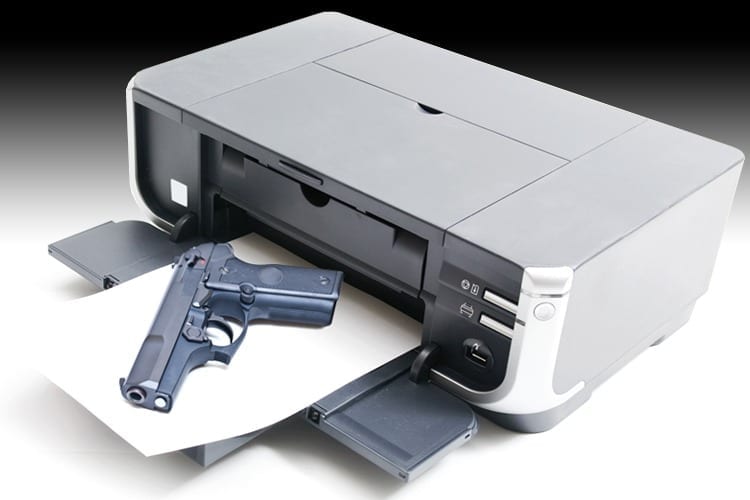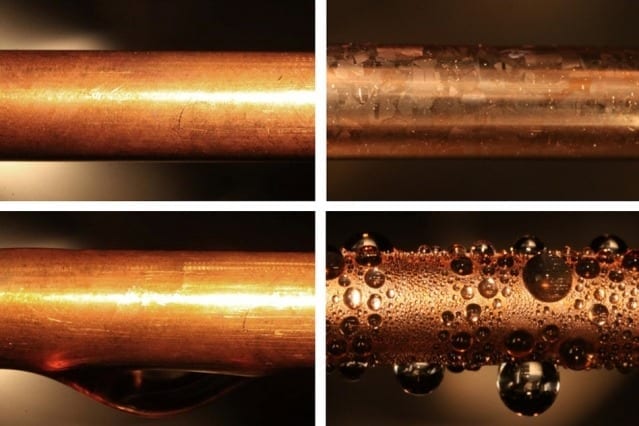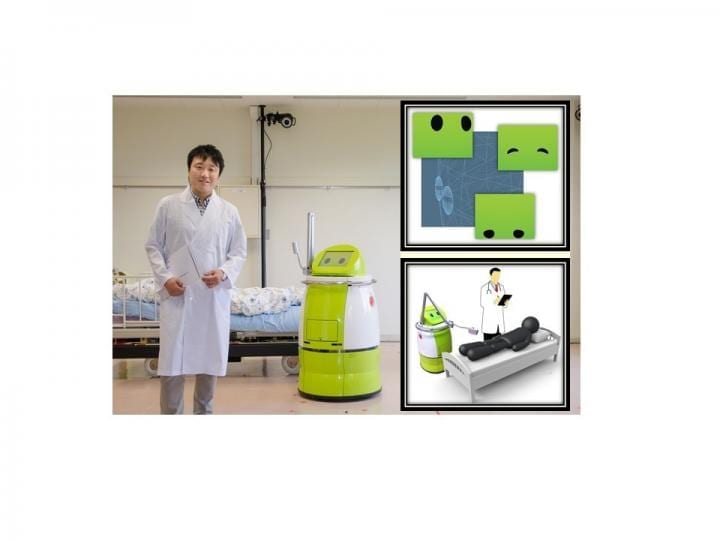
3D printing, or additive manufacturing, is the process of turning a 2D digital image into a 3D object through printing successive layers of materials until an entire item is created.
Initial images are created in design software programmes before being realised through 3D printing.
The advent of consumer 3D printing has the potential to revolutionise its use as a technology, but also opens up a whole host of intellectual property (IP) debates.
Dr Dinusha Mendis’ research into the intellectual property issues around 3D printing stemmed from a personal interest in the latest technological advances. As Dr Mendis says: “While 3D printing was first developed more than 30 years ago, its expansion into consumer printing is revolutionary. Moving into the consumer market means it is developing rapidly as a technology, which opens up all sorts of questions around intellectual property rights and copyright.”
The IP laws in the UK were created long before 3D printing, or any of its associated technologies came about, which means that legislation often lags behind the issues being faced by UK consumers and businesses. It leads to a number of grey areas, many of which Dr Mendis has tackled in her recent research for the UK Intellectual Property Office, in collaboration with Econolyst, the leading 3D printing and additive manufacturing company in the UK.
As a technology, 3D printing has the potential to impact on a vast number of markets, ranging from toys and games for consumers, to personalised health equipment such as hearing aids, through to highly specialised parts to be used in aircraft. Its variety of uses also means that the potential impact on existing intellectual property laws is difficult to predict.
For example, what would be the copyright implications be if an individual modified an existing design file or scanned an existing object to create a new design file? Can computer-aided design (CAD) files be protected under copyright law? What are the implications of modifying someone else’s CAD file? For businesses, copyright issues could arise when replacement parts are produced, perhaps through a thirdparty supplier.
“Our research showed that for consumers, the key issue is providing better guidance about the copyright status of CAD files,” explains Dr Mendis. “While online platforms for sharing 3D printing design files are still quite niche, interest in them and activity is increasing year-on-year. For businesses, the implications are unlikely to be felt immediately because the cost of printing replica parts is still relatively high. However, as the technology grows and becomes more widely used – particularly in the automotive industry – its effects need to be monitored and measured.”
Read more: 3D printing: a technology that could revolutionise our lives
The Latest on: MD printing
[google_news title=”” keyword=”3D printing” num_posts=”10″ blurb_length=”0″ show_thumb=”left”]
via Google News
The Latest on: 3D printing
- SprintRay Introduces Groundbreaking Innovation in Dental 3D Printingon May 6, 2024 at 12:23 pm
SprintRay, the leader in dental 3D printing, unveiled the Company's most significant innovation to-date to over 250 dental professionals at 3DNext, their summit in Miami.
- Endeavor 3D adopts Materialise CO-AM platform to supplement HP 3D printing capacityon May 6, 2024 at 9:00 am
The contract manufacturer says its integrated the CO-AM platform in response to rising demand for industrial additive manufacturing in highly regulated and demanding industries.
- NREL Advances Sustainable Marine Energy Technology With 3D Printingon May 6, 2024 at 7:00 am
NREL researchers have partnered with the Pacific Northwest National Laboratory to explore 3D printing's potential in marine energy technology.
- FFF 3D Printing: Can New Nozzle Technology Replace Resin Printers?on May 3, 2024 at 2:47 pm
Do you need a resin 3D printer when FFF devices now approach similar levels of surface quality? That sounds like a crazy question. For many years it’s been 3D print gospel that resin equipment ...
- Publicly Traded 3D Printing Companies: Who’s Really Making Money?on May 3, 2024 at 2:43 pm
A bit of corporate 3D print company analysis today. Martin Lansard of Anissa posted an interesting chart of publicly traded 3D print company revenues on LinkedIn, shown here: The chart shows the major ...
- How to de-risk industrial 3D printing with a simple, repeatable simulation workflowon May 3, 2024 at 3:18 am
Oqton on how simulation can help to consistently produce quality AM parts, maximize the value of the technology and extend the range of its applications.
- 3D Printing Finds a Homeon May 2, 2024 at 8:49 am
“Prefabricated 3D printed homes reduce the amount of labor required to build a home, thereby making homes safer, potentially cheaper, and much faster from design to completion,” says Buff López, an ...
- Study unveils 3D printing PQD-polymer architectures at room temperatureon May 2, 2024 at 7:52 am
A technology enabling the fabrication of intricate three-dimensional (3D) quantum dot (QD)-based structures at room temperature has been developed.
- Marriage of synthetic biology and 3D printing produces programmable living materialson May 1, 2024 at 6:42 am
Scientists are harnessing cells to make new types of materials that can grow, repair themselves and even respond to their environment. These solid "engineered living materials" are made by embedding ...
- Shhh! 3 Secret 3D Printing Stocks Flying Below Wall Street’s Radaron May 1, 2024 at 3:30 am
InvestorPlace - Stock Market News, Stock Advice & Trading Tips One of the best investment strategies for long-term growth is twofold: pick an ...
via Bing News










